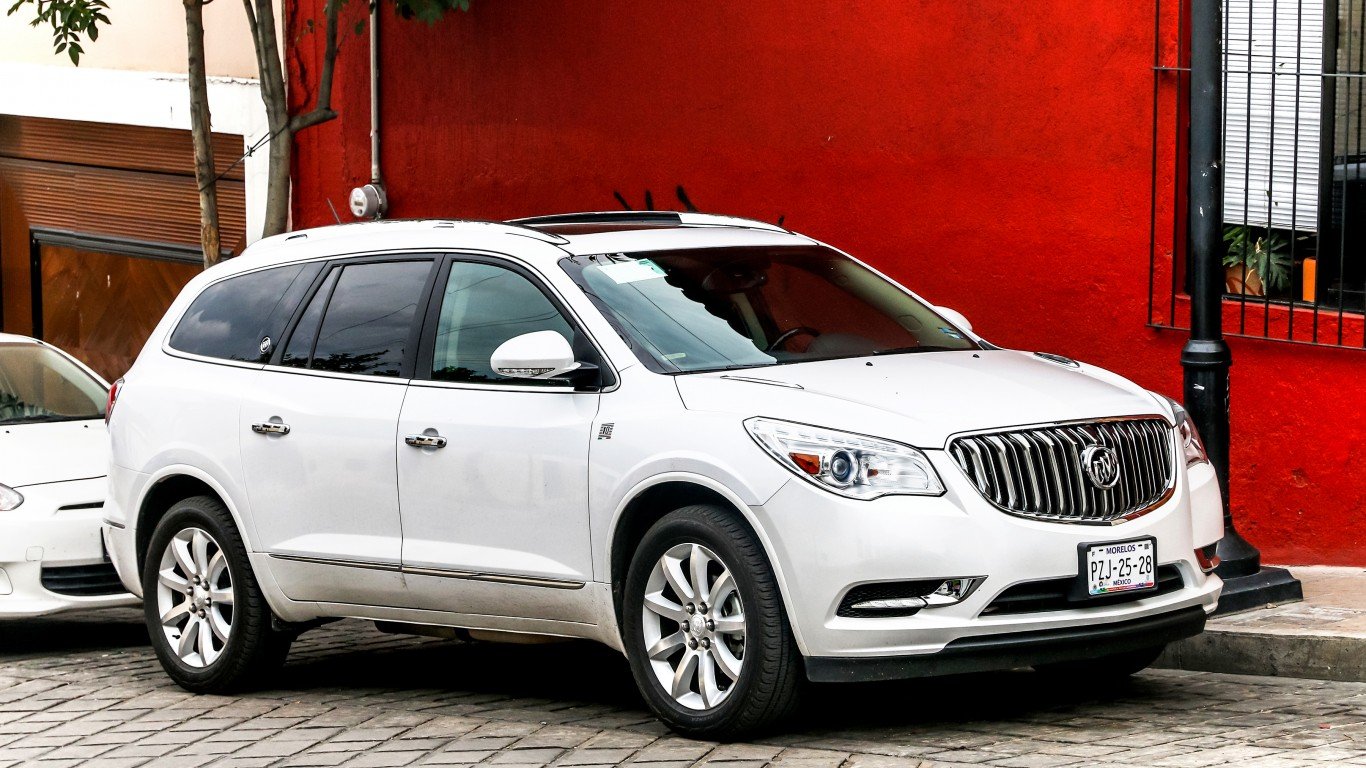
Source: Thinkstock
In June of 2014, IHS Automotive said that there were 252.7 million light vehicles on U.S. roads.
The data on mileage were compiled by Michael Sivak and Brandon Schoettle of the University of Michigan Transportation Institute. Model years run from October through the following September. The data on total new car sales come from Good Car Bad Car.
The most interesting points reported by the University of Michigan researchers are distributional:
- In 2008, 22.2% of new light vehicles had fuel economy ratings lower than 16 mpg; that total dropped to just 3.2% in 2014
- In 2008, only 1.3% of new vehicles had fuel economy ratings of 32 mpg or higher; that number reached 16.7% in 2014.
On a percentile basis, 25% of all new vehicles sold in 2008 had fuel economy ratings of 17 mpg or less. In 2014, 25% of all vehicles sold had fuel economy ratings of 19.4 mpg or less.
ALSO READ: Best Family Cars for 2015
Similarly, 90% of all vehicles sold in 2008 had fuel economy ratings of 28 mpg or less, whereas 90% of all vehicles sold in 2014 had ratings of 33.3 mpg or less.
A 22% improvement in the fuel economy of more than a third of all cars on U.S. highways, combined with a drop in the number of miles driven, has added up to reduced demand for crude oil and refined products. This structural change in the U.S. demand for crude is unlikely to reverse. Instead, the downward trend should continue, regardless of how low gasoline pump prices fall. Declining pump prices encourage U.S. consumers to drive more, but annual improvements in fuel economy help moderate demand increases.
Essential Tips for Investing: Sponsored
A financial advisor can help you understand the advantages and disadvantages of investment properties. Finding a qualified financial advisor doesn’t have to be hard. SmartAsset’s free tool matches you with up to three financial advisors who serve your area, and you can interview your advisor matches at no cost to decide which one is right for you. If you’re ready to find an advisor who can help you achieve your financial goals, get started now.
Investing in real estate can diversify your portfolio. But expanding your horizons may add additional costs. If you’re an investor looking to minimize expenses, consider checking out online brokerages. They often offer low investment fees, helping you maximize your profit.
Thank you for reading! Have some feedback for us?
Contact the 24/7 Wall St. editorial team.



